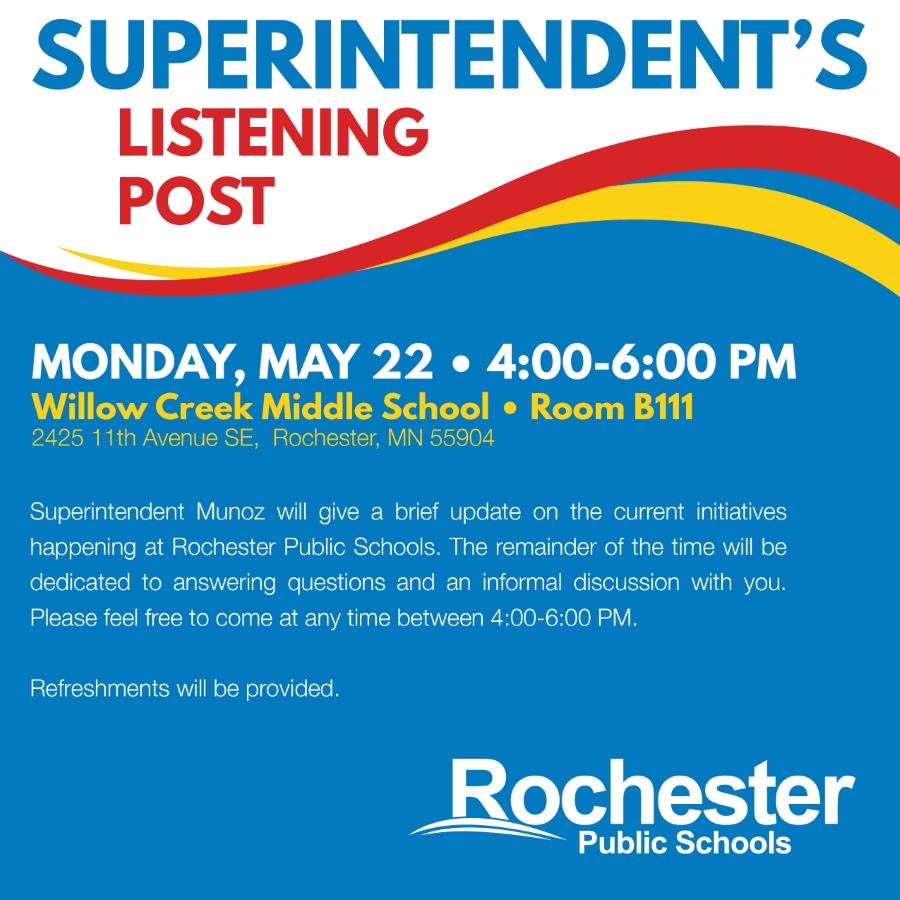The Rise and (Slight) Fall of Cable Television

May 31, 2016
Just as every year has a shining moment that stands among the rest, every year has a ‘theme’. The year of 2013 focused heavily on national security in due part of the Boston Marathon bombings, 2014 was filled with panic towards the ebola virus, and 2015 was all about Netflix. Just in the past year, Netflix has skyrocketed in viewership and importance in millennials everyday lives. Of course, Netflix has found its fair share of fans with the older generations, but Netflix’s viewership relies heavily on a generation that needs instant gratification. The reason that Netflix and other streaming services are bursting with popularity is because they do provide that instant gratification. At a push of a button you are able to watch your favorite episode of The Office from season two, episode 12, and twenty minutes later you can view an episode from season 6, episode two. The flexibility that Netflix provides is an important part to our generation’s way of life and will certainly continue to become a stronghold in tomorrow’s society.
One obvious advantage of Netflix is the lack of commercials. Netflix’s refusal to put ads on their business is a huge part of their identity, and it is a feature that many people rave about. In a world that is hoarded by ads – whether it be on Youtube, online, or on social media, it is refreshing to find a place that is ad-free. According to Business Insider, cable television companies such as Time Warner and Fox have actually reduced the number of commercials they air in order to lure the younger generation away from Netflix. Another perk of Netflix is that if you decide to cancel your subscription, you can cancel without without any termination fee, unlike cable television providers.
It is important to point out that even though Netflix is a large part of today’s society, it is not enough to take down cable television. Variety Online collected data that shows that Netflix can be accounted for half of cable television’s 3% decline between 2014 and 2015, and it will continue to grow. Netflix has reached an all-time high at 74.76 million subscribers worldwide, and 44.74 million for the United States alone in 2015. If you put that into perspective, that means 14% of the US population subscribes to Netflix. Netflix boasts more viewers than the smaller cable television network such as AMC and A&E, but it doesn’t put much of a damper on network giants such as ABC and NBC. The fact is, there are not enough subscribers to crown Netflix the king of viewership, but it does have a slight impact on viewership as a whole and will continue to do so.
Truth of the matter, Netflix would be nothing without traditional television shows. Netflix relies on shows such as How I Met Your Mother, Breaking Bad, The Office, and Parks and Recreation. The list can go on. The ease of the business allows for a positive viewing, but even Netflix’s original shows cannot garner enough viewers to compete with traditional television. Netflix’s biggest challenge now lies in attempting to lure the older generations into subscribing to their viewership. Netflix is notorious for hosting some of the greatest television shows, but lacks in the movie department. In order to do so, shows and movies that appeal to the masses must be added to their playlist – which is something that Netflix has continuously voiced is in the works.
Sources:
http://variety.com/2016/digital/news/netflix-tv-ratings-decline-2015-1201721672/




